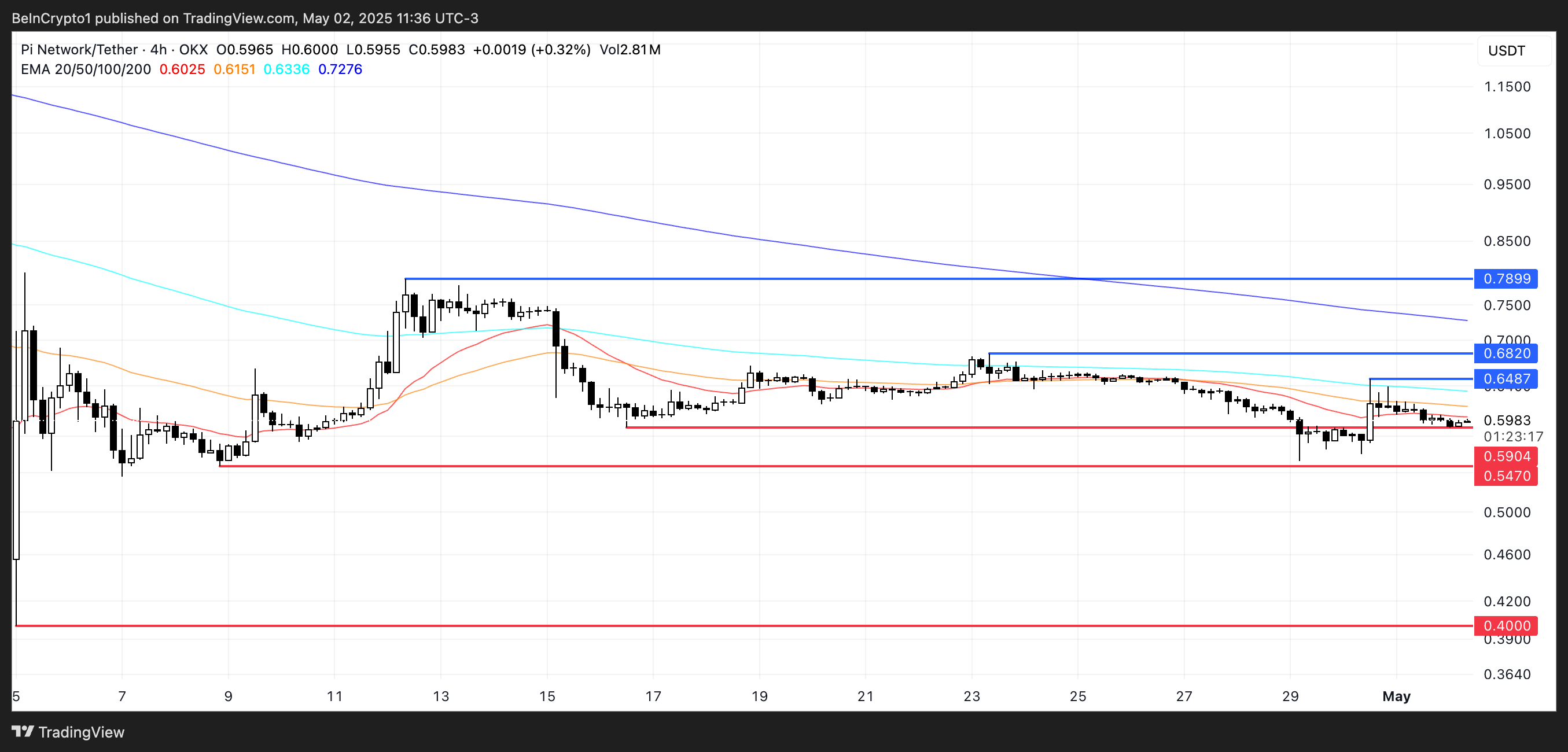Cardano’s lacklustre performance over the past week has prompted some of its largest holders to begin selling their coins. On-chain data reveals that ADA whales holding between 100 million and 1 billion coins have collectively offloaded over $160 million worth of the asset within the last seven days.
This wave of distribution suggests waning confidence among the ADA large holders, adding further pressure to an already fragile market.
Cardano Whale Sell-Off Deepens Bearish Sentiment
According to Santiment, over the past week, Cardano whale addresses that hold between 100 million and 1 billion ADA have sold 170 million coins, valued at over $106 million at current market prices.
This wave of distribution signals a negative shift in sentiment among whales. Their decision to offload such a large volume of tokens adds pressure to ADA’s already struggling price.

Moreover, this trend could also influence retail traders to follow suit, exacerbating the selling pressure and further reducing the chances of an ADA price rebound in the near term.
The coin’s weighted sentiment is also currently negative, confirming the growing bearish bias across the market. At press time, this is at -0.20.

This on-chain metric analyzes social media and online platforms to gauge the overall tone (positive or negative) surrounding an asset. When its value is below zero like this, the overall market sentiment regarding the asset is bearish.
Per Santiment, ADA’s weighted sentiment has remained below zero since March 8, indicating that bearish discussions and outlooks continue to outweigh bullish ones.
This persistent negativity suggests a heightened risk of prolonged price decline, as traders appear reluctant to re-enter or increase their exposure to the asset.
Bearish Momentum Builds for ADA
On the daily chart, readings from ADA’s Relative Strength Index (RSI) support this bearish outlook. As of this writing, this key momentum indicator, which tracks an asset’s oversold and overbought market conditions, is at 46.47.
The RSI indicator ranges between 0 and 100, with values above 70 indicating that the asset is overbought and due for a decline. On the other hand, values below 30 signal that the asset is oversold and could witness a rebound.
At 46.47, the downward tilt of ADA’s RSI suggests weakening momentum and the potential for further losses if buying pressure does not return soon. In this scenario, ADA’s price could fall to $0.50.

However, the coin could climb to $0.69 if buying activity spikes.
The post Cardano Whales Offload 170 Million ADA as Price Trends Lower appeared first on BeInCrypto.







